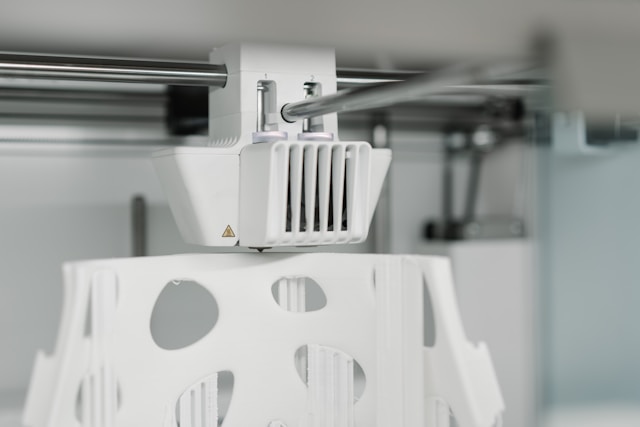In January, a suspected Chinese spy balloon was detected in North American airspace. The U.S. Air Force responded by shooting down the balloon on February 4th.
The balloon was sizable, measuring around 200 feet tall and carrying a payload of several thousand pounds. It was equipped with sensors designed for collecting signals intelligence and imagery. The U.S. government believed it was being used for surveillance. However, China refuted the accusations, claiming that the balloon was a civilian weather balloon off its designated path.
Multiple defense and intelligence agencies, along with the FBI, conducted a thorough analysis of the recovered debris.
A preliminary investigation report has now emerged, indicating that the balloon employed American technology. According to officials, the balloon was outfitted with equipment of American origin, enabling it to capture photographs, videos, and other tools designed to gather and transmit data.
However, there is no evidence to suggest that the collected data was transmitted.
During its eight-day journey across Alaska, Canada, and the lower 48 states, it collected data but apparently did not transmit it back to China.
Presence of a remote-activated self-destruct mechanism
The investigation of the Chinese spy balloon revealed the presence of a remote-activated self-destruct mechanism, indicating its capability to be destroyed remotely from China. This feature suggests that the balloon was designed not only for surveillance but also to safeguard sensitive information.







